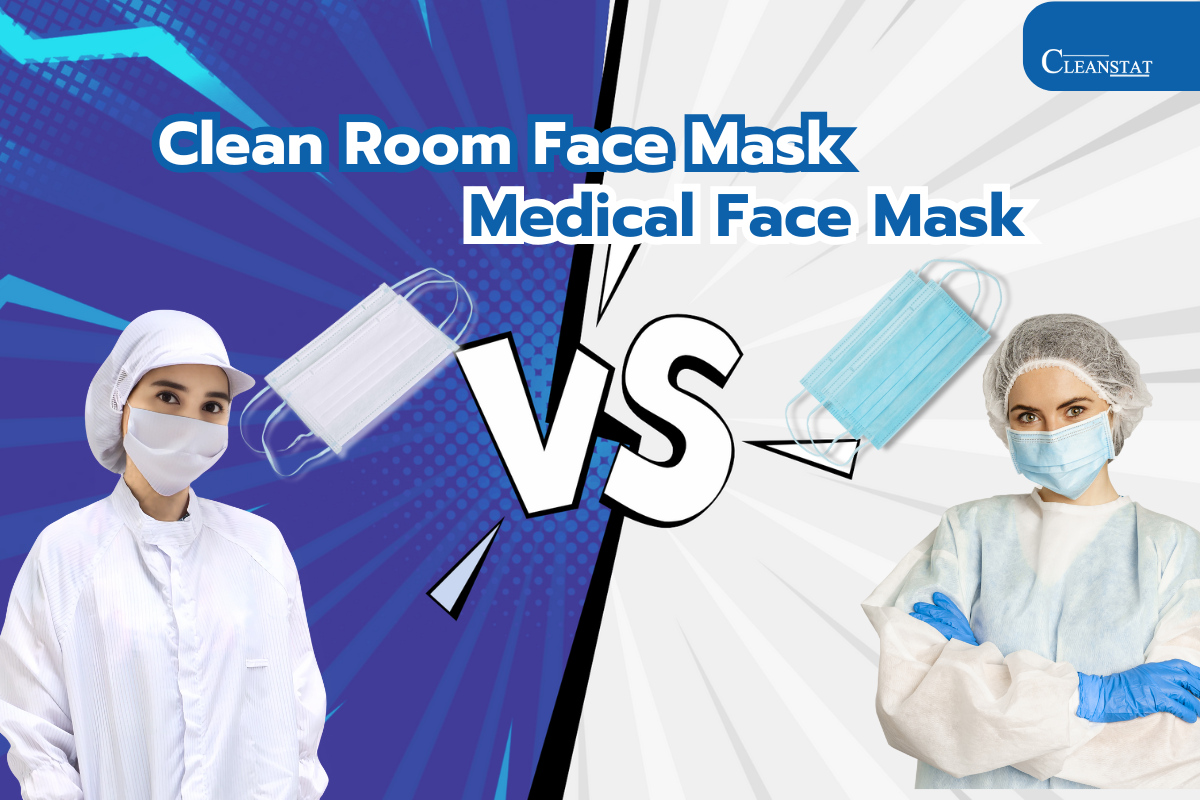A cleanroom is a meticulously controlled environment designed to prevent contamination from particles such as dust, bacteria, and microscopic debris. These spaces are essential in industries requiring high precision, such as pharmaceuticals, electronics, and medical devices. Maintaining cleanliness and strictly adhering to operational guidelines are critical to ensuring the effectiveness of clean rooms. Let’s explore actions that should be avoided in clean rooms and the common issues that compromise their cleanliness and performance.
Things You Shouldn’t Do in a Cleanroom
- Not Wearing Proper Protective Gear
Failing to wear appropriate protective gear, such as coveralls, hairnets, face masks, and gloves, increases the risk of introducing contaminants like hair, skin particles, or external debris into the clean room. Proper PPE ensures both the product and the personnel remain uncontaminated. - Moving Too Quickly or Abruptly
Fast or sudden movements stir up particles, causing them to circulate in the air and potentially compromise the room’s cleanliness. Always move slowly and cautiously to maintain the required clean room standards. - Bringing Unauthorized Items
Items like pens, notebooks, or electronics not sanitized or approved for clean rooms may introduce dust or particles. Always ensure all tools and materials are properly cleaned or sterilized before entering. - Touching Your Face or Hair
Human bodies are major sources of contamination. Touching your face, skin, or hair while in a clean room increases the risk of transferring particles or bacteria to the environment. - Leaving Doors Open for Too Long
Prolonged door openings allow external contaminants to enter, disrupting the controlled environment. Always follow the proper entry/exit procedures and minimize door-opening times. - Using Cosmetic or Aerosol Products
Cosmetics, perfumes, and sprays release particles and chemicals into the air, making them significant sources of contamination. Avoid using such products before or during clean room activities.
Common Problems in Cleanrooms
- Human Contamination
People are the largest contamination source in clean rooms. Improper use of protective gear, lack of caution, and non-compliance with protocols often lead to particle transfer from skin, hair, or oils. - Equipment and Tool Contamination
Tools and equipment not cleaned or sterilized properly can carry contaminants. Using unsuitable equipment that generates particles is another significant risk to clean room integrity. - Improper Humidity and Temperature Control
Inconsistent humidity and temperature levels can encourage particle accumulation and microbial growth. High humidity, for example, allows particles to adhere to surfaces more easily. - Malfunctioning Air Filtration Systems
Inefficient HEPA filters or ventilation systems fail to remove particles effectively, directly impacting the cleanliness level of the room. - Improper Entry/Exit Procedures
Bypassing air showers or gowning rooms, which are standard in clean rooms, can introduce outside contaminants, compromising the controlled environment.
Maintaining a clean room to standard requires strict adherence to guidelines and avoiding behaviors that could lead to contamination. All personnel working in clean rooms must understand the critical importance of cleanliness and comply with regulations to prevent potential issues and sustain the room’s performance.









